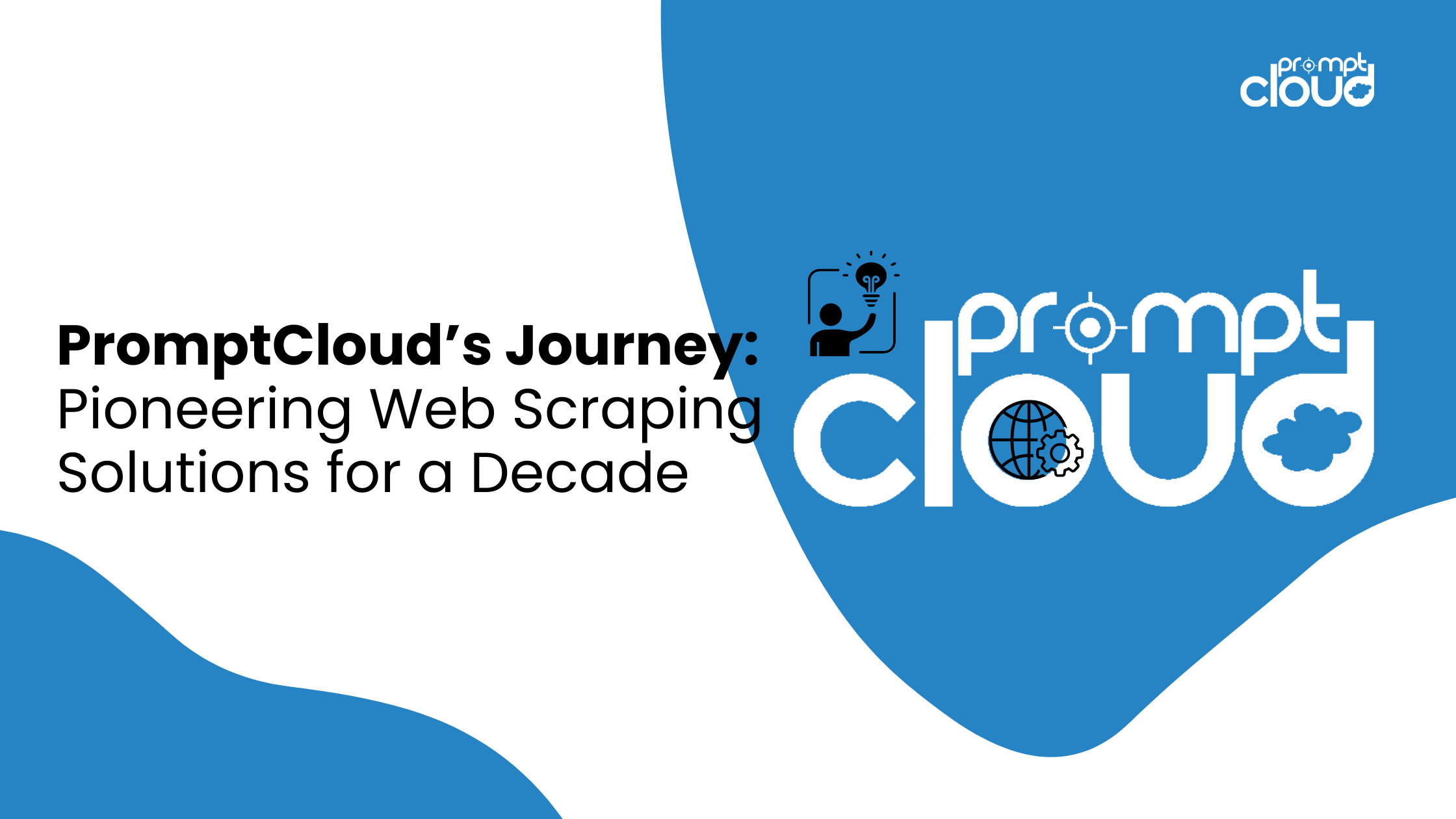Many marketers and copywriters fall into the same trap of believing that content writing is simply a creative process. However, this couldn’t be any farther from the truth. The data and analytics that your business has access to are one of the biggest, and most important factors to consider when you’re creating your content and should be implemented every single step of the way.
Thanks to the wide availability of ‘alt-data’ like open data available on the web, the potential to craft remarkable content strategy is easier than ever. Apart from that, in the modern-day technology, every single aspect of your content can be tracked and analysed, from the clicks to your content to how long a reader is spending on a certain section of your page, providing you with a wealth of knowledge that can help you to create optimal content.
Not sure how to implement this kind of data and analytics into your content marketing strategy? Here’s everything you need to know.
Let’s first cover various applications of web data in content marketing strategy.
Trend spotting
Using what is known as a ‘web crawler’, you can ‘crawl’ through websites, forums such as Reddit, Buzzfeed, or just about any major online publication you would like to use. The data extracted from these sites can be analysed to find trending topics. For example, if you crawl tech business outlets such as TechCrunch, VentureBeat and TheNextWeb, you might spot that content associated with blockchain technology has spiked.
This would essentially give you all the information you need to know when it comes to trending and popular topics, enabling you to create similar content that you can already be sure that people will be interested in.
Data journalism
Data journalism is a highly revered content type that uses numerical data to create compelling visualizations which can be used to craft viral content in the digital era. Web crawlers are of great importance in this case, as they can be used to extract data from the target sources and the resulting data set can be used to write information rich content. For example, if you are providing solutions related to HR and recruitment, you might want to extract data from some of the leading job boards to find out interesting insights and showcase your findings via data visualizations in infographics, articles, slides and videos. Here is an article published by BuzzFeed in which they crawled a house rental site to showcase how the rental price has changed over time. One more example can be how PromptCloud extracted the YouTube comments posted for Oscar-nominated movies and analyzed the data set to derive interesting insights.
If implemented in the right way to fit your brand, you could also work towards becoming an authority website, meaning people come to you to get their information in one convenient place.
Marketing intelligence
You might want to use crawlers to pull information from your competitor’s website, allowing you to stay up to date with what’s going on and start thinking of ways to stay one step ahead, more commonly known as ‘Competitive Marketing Intelligence’.
Crawlers can be deployed to extract the topics covered by competitors which can give better idea in terms of tweaking own content strategy. This can be particularly beneficial in filling any gap that you might have – for example, certain topics that most of your competitors’ cover, but your content plan doesn’t have them. It is always worthy looking into the missing pieces.
Post-publication insight mining
After publishing content and distributing them via various channels, you would like to understand whether the content resonates with the target audience and how they are perceiving them. For instance, if you’re producing videos on sites like YouTube as content, you would be interested in the reviews posted on them for further analyses. That can be done by scraping the reviews and comments from the target sites.
Pulling data from sources such as these is a great way to get all the information you need to assist, organise and implement a successful content marketing strategy, backed by true, solid data allowing you to give your readers what they want.
Now, we’ll move to the web analytics element of the content marketing strategy.
Of course, there’s no way to use data to enhance your content if you don’t have the data to work with in the first place. One of the best and easiest ways to do this is by looking at the engagement rates of your content.
“If you’re posting on your website or on social media, this is easy since most providers and platforms have their own built-in analytical tools. This means referring to the views, likes, shares, reposts, retweets and any other form of engagement that your content receives,” explains Tina Goodwin, a content marketer for Paper Fellows.
This shows you which posts are your highest performing and which type of content, topics, subjects and formats your readers are most interested in.
Start to measure your growth
There’s no way to start improving your current content marketing strategy if you’re unable to set goals. And there’s no way you can set accurate goals if you don’t already know where your business stands. By monitoring your analytical statistics, you’ll be able to see your growth over time.
In the case of social media, you might be uploading content every single day, so you’ll want to be tracking how many likes each post gets and how many followers you gain. Let’s say you post consistently every single day and you gain around 100 followers a week.
Now you can set the target of gaining 150 followers a week, and you can start to adapt your content marketing strategy to make this a reality.
Where are my readers coming from?
Another vital aspect to consider when you’re enhancing your content marketing strategy is to know exactly where your readers are coming from and which sources are the most successful. Are people reading your content directly through your website, clicking through your social media accounts or are they coming in from their followers who are sharing your content?
This process is known as referral tracking and is made easy since most platforms will be able to tell you this information with the click of a button.
“If you haven’t really considered this aspect before, looking into your statistics is a great way to understand where your users are and should, almost instantly, give you some ideas on how you can customise your content to suit these reader markets,” shares Ben Harper, a content team leader.
Ensuring content quality
One of the most important considerations that you need to remember is that your readers are not going to want to read or engage with poor quality content. This means checking the accuracy of your content and being super organized when it comes to your strategy itself.
So, we’ve learnt all about the ins and outs of setting up your content marketing strategy using data, seeing where all your readers come from, the effectiveness of your own content so far and now you’re starting to look into the future.
Piecing it all together
With all this information in mind, you’ll be able to enhance and adapt your content marketing strategy into the direction that you want it to go using cold-hard data that backs up every decision that you’ll make.
By giving your readers what they want, you can be sure that they’ll respond more and more to the content that you’re providing them, boosting the success of your website or business beyond belief.
Authored bio:




















